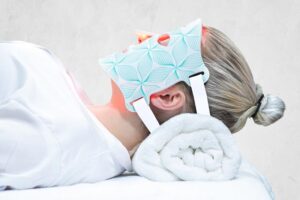
What to Look for in an LED Mask
back to all The Benefits of LED Light Therapy What Qualities to Look for in an LED Mask Non-invasive devices
Reach your skin goals sooner with our simple guide
Understanding your skin type can enable you to select the right skincare regime and products to help transform your complexion. But many people fail to identify their skin type correctly, so let’s simplify the process.
Not to be confused with a skin concern or condition, your skin type is genetic. It is the skin type you are born with and determined by the level of oil in the skin. Typically, skin types fall into five types being normal or balanced, dry, oily, combination and sensitive. Age, illness and some medications can alter your skin type but as a general your skin type doesn’t change.
While your skin type is determined by genetics, a skin condition is the result of environmental aggressors, lifestyle, diet and internal inflammation including hormonal fluctuations. Skin concerns in many cases can be easily treated with natural products and are not permanent.
No skin is the same although you can share similar characteristics that fall into the skin type groups. And it is worthy to note that all skin types can show the same skin concern.
The good news is that with a simple three step care routine and natural beauty products suited to your skin type everyone can have a healthy and radiant complexion. Join us each week for our series on addressing your skin type and skin concerns.
Put simply the easiest way to identify your skin type is observation. We can help you identify your skin type with a skin consultation, but there is a quick and effective way of identifying your skin type using sight, touch and feel.
How your skin behaves after cleansing is the quickest and simplest way to identify your skin type at home.
If your skin-
To help further, let’s look at the different skin types in more detail.
All-natural skincare and makeup is ideal for maintaining and supporting healthy skin function. Take the best care of normal skin by using good quality natural skincare in the right routine. See our Guide to Layering your Skincare Products.
Moisturising dry skin types is particularly important as it offers a barrier protection from pollutants as well relieving the burning sensation often associated with dry skin. When you choose a potent all natural moisturiser you gain the added anti-ageing benefits that come with botanical formulations. Read more about protecting dry skin in our guide – Why Moisturising Matters
With a dedicated cleansing routine that leaves the skin barrier balanced, both oily and combination skin will see real results in a matter of weeks . I know it sounds crazy, but oil really does attract oil. A double cleansing skincare routine each night is skin transforming for those of us with a little more sebum. It’s also a relaxing self-care ritual that takes no time at all!
A common skin disorder is known as Rosacea. It is best described as chronic facial redness with prominent blood vessels and painful swollen red lumps. It can flare up for weeks or months on end and then lay dormant. Although it can affect anyone it typically occurs in women over thirty. The cause of rosacea is unknown but most likely linked to genetics. There is no cure for Rosacea but can be managed very well with all-natural skincare that is microbiome friendly and supports a healthy skin barrier.
Natural and organic skincare offers incredible alternatives for people that have tried it all for their sensitive skin. One brand that offers dedicated to nurturing sensitive skin is luxury French skincare brand Les Huilettes. You can read about Les Huilettes unique brand ethos and learn more about the formulations behind their product offering in our Meet the Maker with Les Huilettes Journal.
Now you have a great understanding of your skin type join us next week for our easy guide to identifying skin concerns. Once you’ve correctly identified your skin type and any skin concerns you can further tailor your skincare regimen and really meet your skin goals.

back to all The Benefits of LED Light Therapy What Qualities to Look for in an LED Mask Non-invasive devices
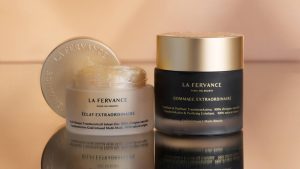
Multi-functional and versatile skincare products are increasingly gaining popularity, and for good reasons.
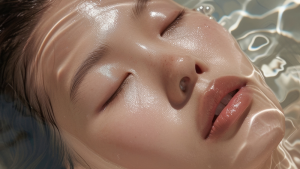
The new generation all-natural resurfacing masks elevates at-home face masking. They lead us directly closer to a flawless, luminous complexion that appears pore-less, dewy, and radiant.
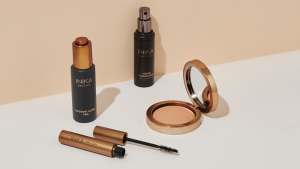
There are a few tricks to flawless makeup, and they all start with acing your base. That’s where a primer comes in.
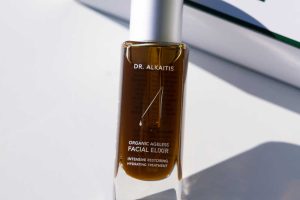
The Ageless Elixir is one of Dr. Alkaitis’ most profoundly complex, nourishing products, essential for mature and aging skin.

When it comes to caring for your neck and chest, the signs of ageing, (many attributed to sun damage) appear in many forms from crepey skin, hyperpigmentation and freckles, loss of skin tone and sagging. Read on to learn what you can do to prevent premature ageing and keep this area looking youthful and toned.
Sign Up for VIP offers and exclusive first access to new releases.
